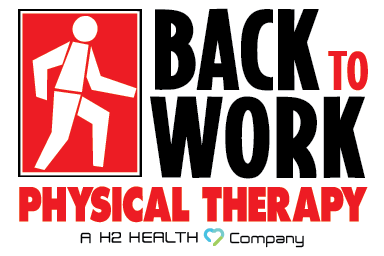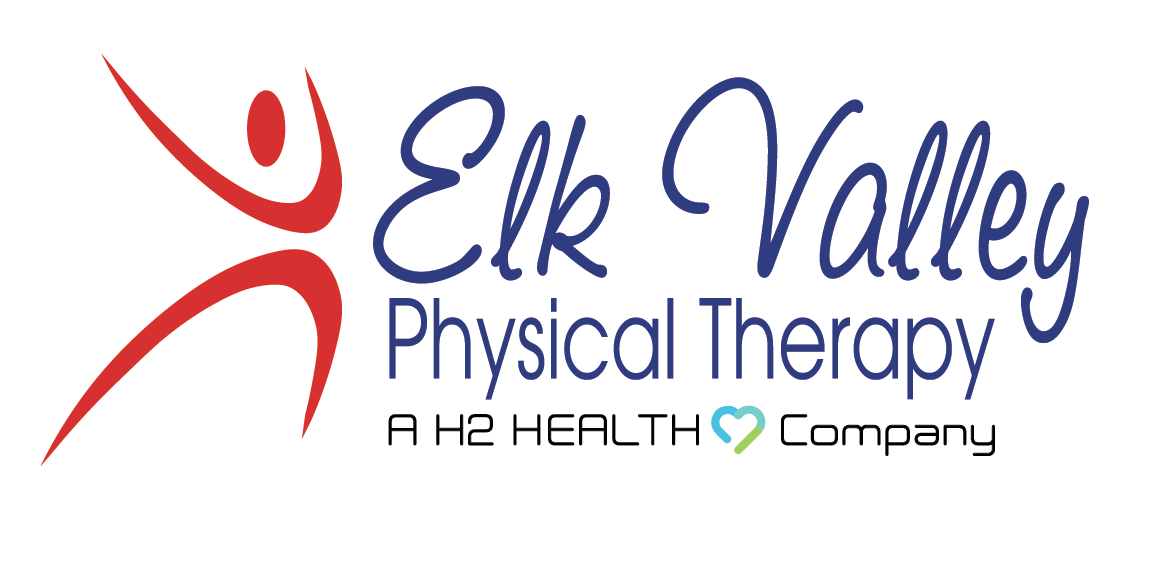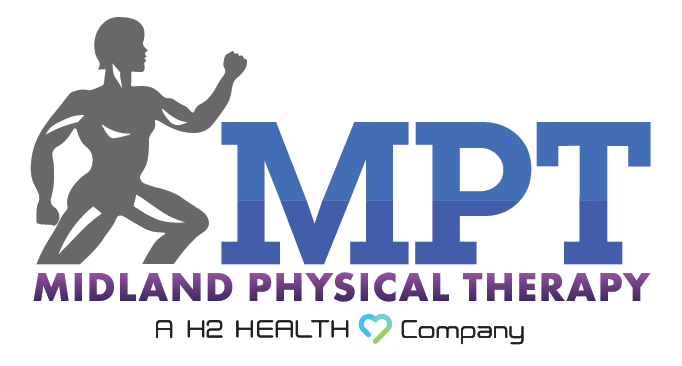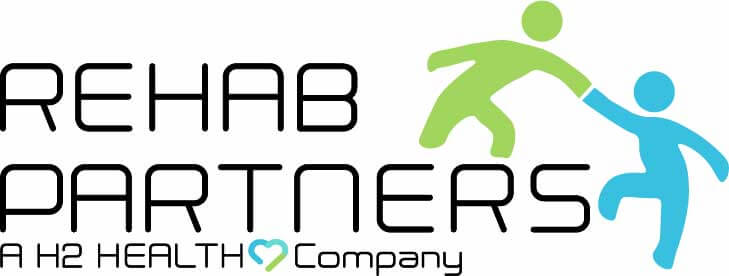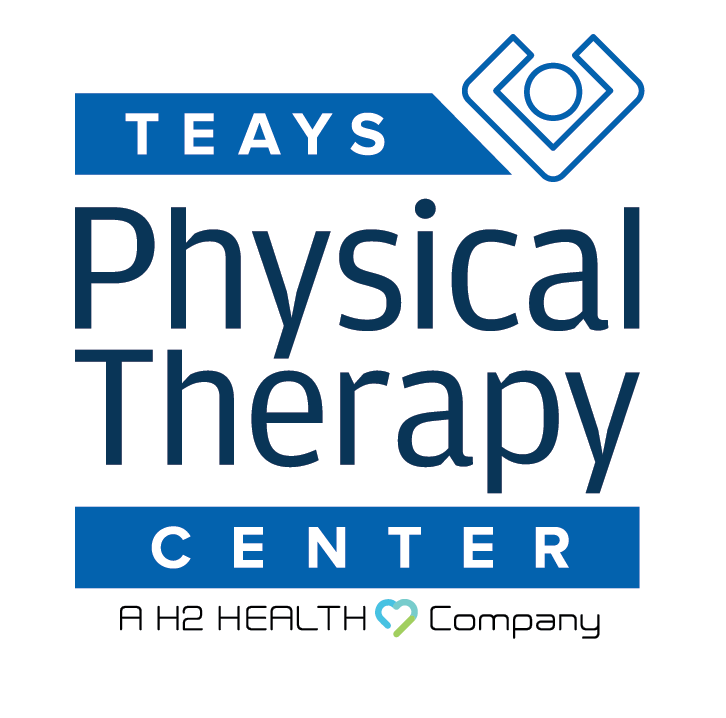
Sciatica, or sciatic nerve pain, is a debilitating condition resulting from an injury or irritation to the sciatic nerve – a nerve originating in the buttocks. Sciatica is a common and uncomfortable condition affecting 10% to 40% of the general population.
The sciatic nerve pain starts in your lower back and radiates through your buttock and down your leg. You also feel numbness and weakness in your buttock, leg, or feet. In severe cases, sciatica can result in bowel and bladder control loss.
The good thing is that physical therapy can treat your sciatica as a part of your multidisciplinary sciatica treatment plan. However, there are many things that you should know before visiting a physical therapist for sciatica.
Let’s talk about the 5 essential things out of many and where you can find expert physical therapists near you.
#1 Sciatic Nerve Pain is Felt Different in Different Individuals
Sciatic nerve pain is described in different ways, depending on its cause. For example, some people describe it as burning, electric, or stabbing pain, while others describe the pain as sharp, shooting, or jolts of pain.
Sciatica can be acute, chronic, alternating, and bilateral; sciatica’s intensity can also be different in different individuals.
#2 Sciatica May Affect Both Legs
It’s true that usually sciatica affects one leg at a time. However, it’s also possible for you to feel sciatic nerve pain in both of your legs. This usually depends on where the sciatic nerve is being pinched or injured along your spinal column.
#3 Sciatic Nerve Is Not Always the Source of Sciatica Pain
While it may be surprising to many, sciatic nerve pain doesn’t always result from sciatic nerve problems. Sometimes, the sciatic nerve pain source is higher up in the lumbar spine. In such cases, you feel pain in your hip area or front of the thigh, but the pain is still called sciatica.
#4 Treatment for Sciatica Depends on What Is Causing It
Many things can irritate or injure your sciatic nerve, including a joint injury, joint degeneration, inflammation, muscle tension, or disc herniation. So, your physical therapist might do injury screening to determine the cause of your sciatic nerve pain and develop a physical therapy treatment plan – which commonly consists of a combination of exercises, therapies, and techniques.
For example, if you have nerve irritation of any kind, your physiotherapist will use a combination of manual therapy and common exercises such as nerve flossing.
#5 Physical Therapy Provides Long-Lasting Relief from Sciatica
Unlike other treatments, like medications, that provide temporary relief, physical therapy provides long-lasting relief from sciatica symptoms. Physical therapy for sciatica helps reduce your pain and inflammation, improve your physical function, and prevent the recurrence of sciatica symptoms. Moreover, your physical therapist may also teach you how to improve your posture and may include at-home exercises in your PT plan for long-term improved physical health.
Physical Therapy for Sciatica in Pennsylvania, Texas, Oklahoma, Florida, West Virginia, Virginia, New Jersey, Kentucky, Ohio, Maryland, and Georgia
If you or someone you love is suffering from sciatic nerve pain and seeking treatment, visit our highly qualified physiotherapists at H2 Health. Our physical therapists are experts in treating a variety of conditions, including sciatica. After a thorough evaluation of the patient’s condition, our physiotherapists offer a comprehensive range of therapeutic services, including physical therapy, massage therapy, occupational therapy, speech therapy, balance, and dizziness therapy.
If you would like to learn more about our services or to book an appointment, call us at (800) 699-9395 or you can contact one of our convenient locations directly.










